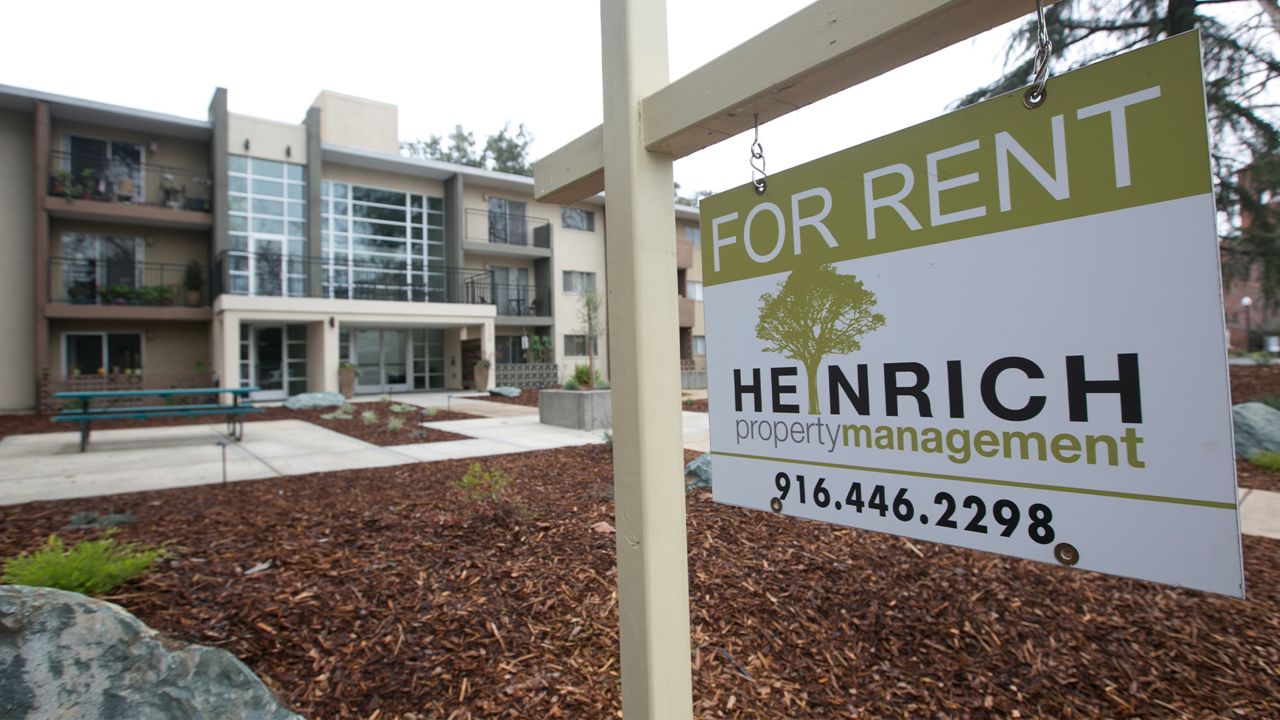ORANGE COUNTY, Calif. — Life of late has improved for some Californians as vaccines become more available, restaurants open indoor seating, and more children are back in classrooms. But lost income has left many people across the state, and in Orange County, behind on rent or even in danger of eviction.
Household incomes have dropped during the pandemic for a variety of workers in industries like hospitality and retail. Concerns over how these workers will pay rent has persisted. Multiple federal programs have put money in Americans' pockets, and California has enhanced unemployment, initiated an eviction moratorium, and recently passed a $2 billion package to get kids back into school.
These fixes haven’t fully countered backlogs in unpaid rent and accumulating eviction notices. With the first week of March has come more local programs that focus on providing money for renters who may be behind, or small landlords struggling to meet their mortgages.
Three Orange County cities aren’t included, instead offering their own programs. Santa Ana, Anaheim and Irvine — three of the largest cities in the county — have initiated programs that also pull in federal money. Irvine recently announced its program will have more than $17 million available. Anaheim has a spending package that includes rent relief, and Santa Ana has two.
Excluding those three cities, Orange County has received more than 8,000 applications for rental assistance.
September Katje, an Anaheim real estate and eviction lawyer said she’s working with clients — renters and landlords both — to help them apply and understand these relief options.
“They’re not enough,” she said. “I don’t know how much relief this is actually going to provide these landlords. Just because these programs expire June 30 doesn’t mean people are going to start paying July one.”
Anaheim’s program, announced in late February, will provide $20 million in assistance to landlords and families. It’s the second installment of a plan that has already delivered to 736 families. Each received up to $2,100.
But advocates for renters say $2,100 doesn’t go very far for the average person, and even less for a family. The city hopes to broker compromises with landlords, offering to pay some — as much as 80% of what’s owed — while the landlords absorb the rest.
Hopes that the economy will have fully returned to work by June are dim. While the Johnson & Johnson vaccine is nearing shipment, vaccine supplies, for now, remain limited.
California’s housing and renters markets have become increasingly expensive. While the pandemic has recently shifted the rental market in favor of tenants, many are behind on payments as job losses squeeze renters at the lowest end of the curve. Business owners and mom and pop landlords have been similarly throttled with declines in income.
Nate Greensides, a volunteer housing advocate in Santa Ana, mobilized with others in the city to form a coalition of renters to voice concerns in unison. He said it was in response to rising rents and not enough measures to protect tenants. He and others in the community have gathered to form a coalition of volunteers to make overtures to the city council. Now he’s helping people figure out how to pay their rent.
“The vast majority of people who have been calling have been people who have been bullied and harassed by landlords,” he said. “Landlords can still find ways to evict people.”
But Greensides said some of the calls he has received have come from landlords who want to get their tenants aid instead of looking for ways to evict. One way is the Santa Ana Vital Eviction Solution (SAVES). Greensides said the SAVES program has been better for renters. It doesn’t require as much paperwork as the CARES program, he said, like a W-9 and it has more latitude in how the recipient can spend the money. SAVES allows people to spend the money on utilities, or if they are moving, a deposit on a new apartment.
Successful applications require a demonstrated loss of income.
Greensides worries it won’t be enough, and Katje expects more bad news in early July.
“I think it’s difficult for anyone to say what will be sufficient enough because I think both the tenants and the landlords are in a difficult position,” she said.
